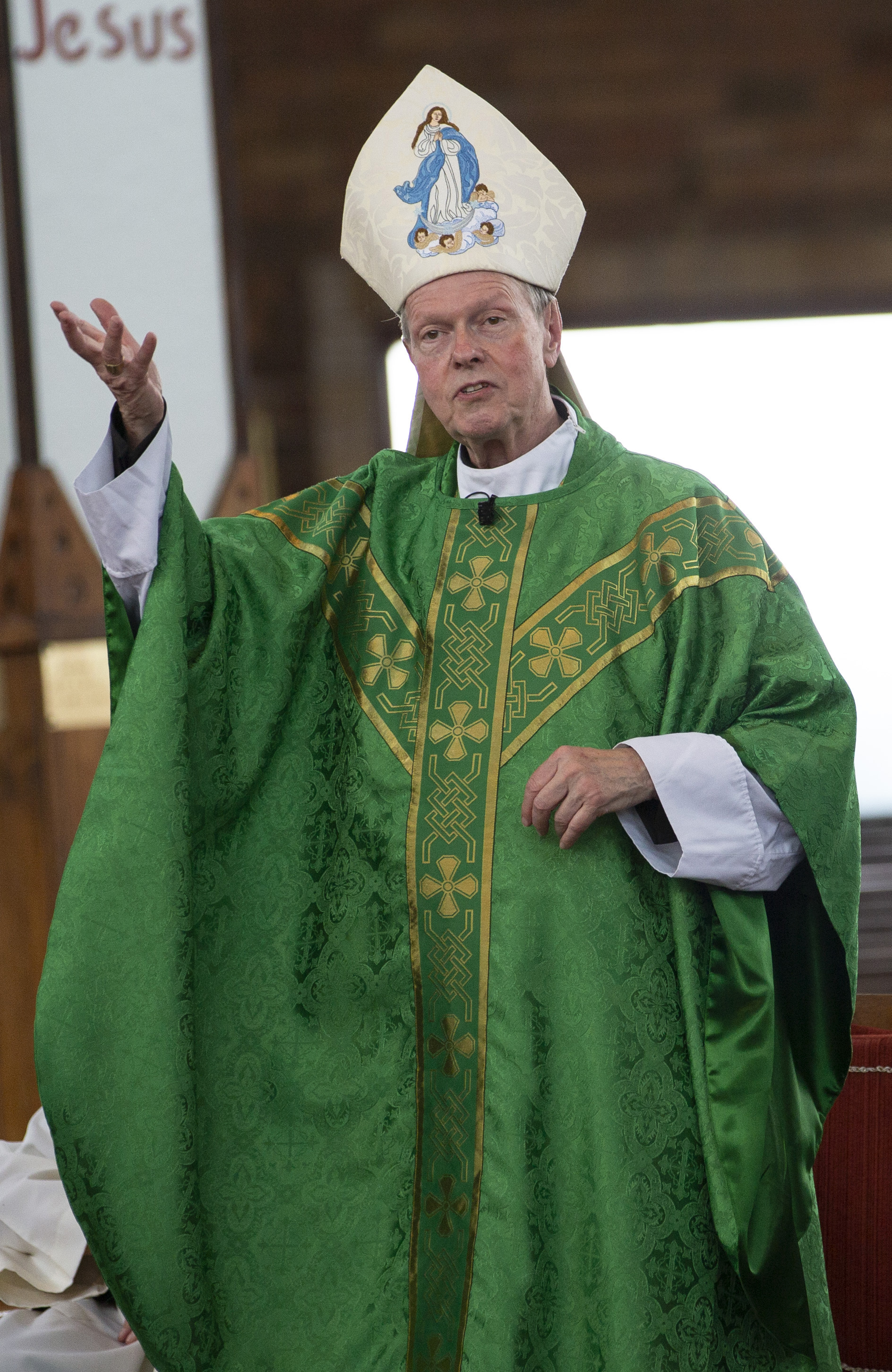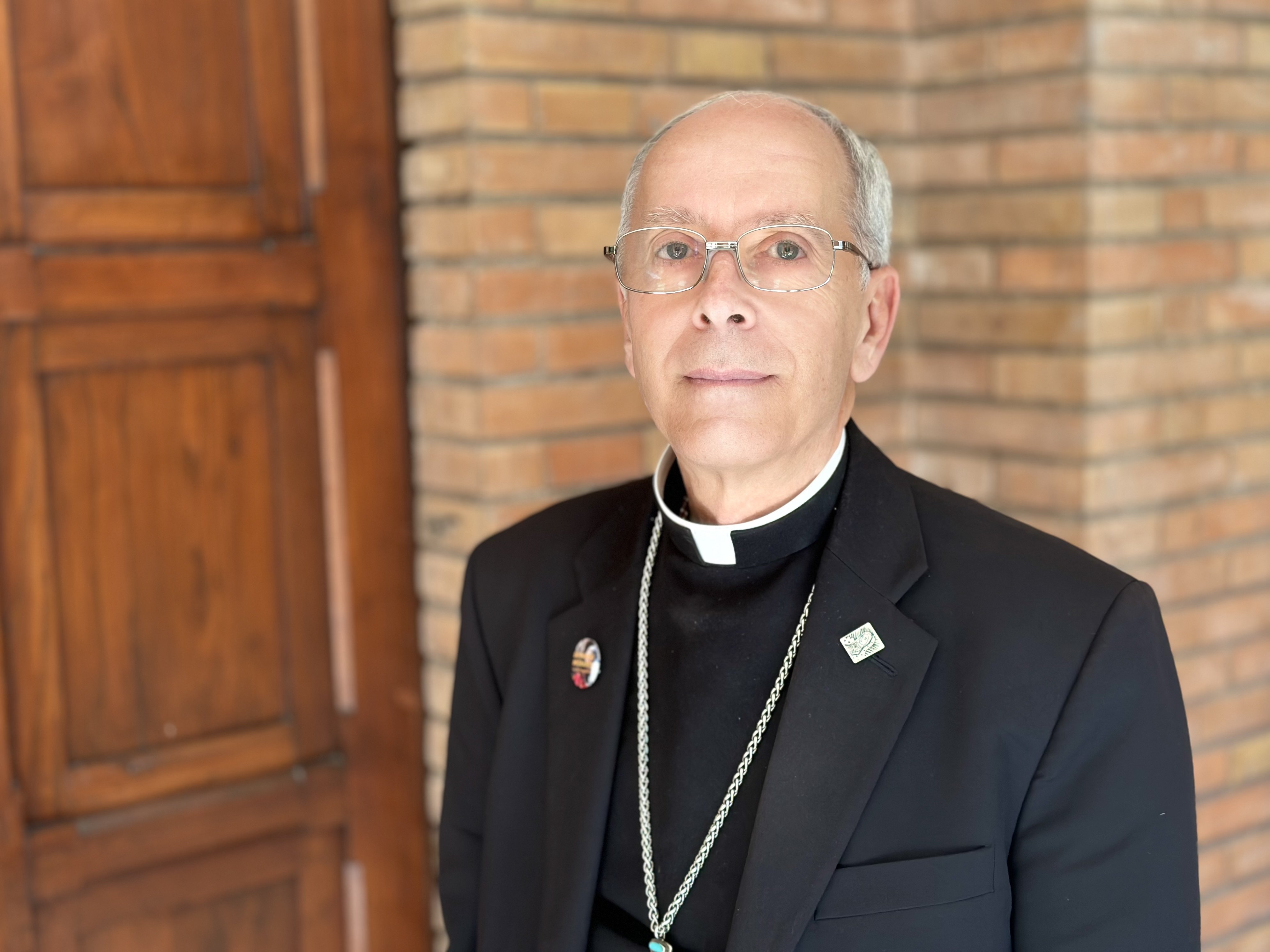February 23, 2021 at 5:07 p.m.
It was the Christmas of 2019 when I became aware that my 8-year-old grandson, William, had made a huge paradigm shift in his approach to imaginative play. Gone was the wonderful world of Paw Patrol’s Adventure Bay. We had entered that world three years earlier and had created countless imaginative stories. Together, we had saved our little community from a series of natural and light-hearted mishaps. We had constructed a dock for Zuma’s boat, a log cabin for Everest’s winter adventures and, of course, we had the Lookout Tower from which we observed the landscape of Adventure Bay. Each week we had created the scenario that enabled our heroic pups to rescue those in need.
On this particular Christmas Day, William’s dialogue had morphed into a serious discussion with his Uncle Jon about a whole new set of characters and plots: the seven infinity stones, when Captain America lost his shield and how Thor’s hammer had been destroyed. Listening intently, I realized that I could no longer enter into his play because I was unfamiliar with Marvel Comics — with the characters of Loki, Dr. Strange and Groot. I sat there in silence grieving a loss that signified far more than a change in plot, settings and character.
Years ago, in raising my two sons, I came to appreciate the crucial role that imaginative play fulfills in the developing mind of a child by encouraging the expression of thoughts and emotions. Most important, it sets a stage for teaching values and critical life lessons. Themes such as the role of good vs. evil and the responsibility to help those in need were as common to He-Man and Ninja Turtles as to our Paw Patrol heroes and Captain America.
That Christmas Day I lamented the passing of a wonderful stage in William’s life; I pondered the sacred bond that the world of play had allowed us to share. Not only was it fun to enter into his world of magic, but in the process we had explored real-life concepts based on values all parents and grandparents hope to pass on.
Suddenly, I found myself startled from reverie by William’s commanding voice, “Gramma, you have to start with Iron Man and then the Incredible Hulk, Iron Man 2 and then Thor!” Twenty-three full length motion pictures later, I could once again be ready to participate in his imaginative play! My heart stirred at the invitation into his present world; he wanted me there!
Legos became the instrument of play. Except for the newer models, each Paw Patrol pup was one color per character. Rubble was yellow and Rocky was green. Do you know how many colors there are in Tony Stark’s Iron Man suits? I no longer could memorize the characters by the color of their outfit.
While this imaginative play is much faster-paced and more complex, it’s not impossible to learn. As we begin construction we share conversation about the story, plot and characters. Each superhero displays unique gifts and talents as well as a shadowy side that usually emerges when challenges arise. All have diverse problems that have to be figured out. More importantly, superheroes rely on someone in their life to share experiences and resolve problems. And there’s the sweet spot to engage conversation on family, faith and community which shape our values.
Our playing stories mirrored my grandson’s moral development as well. In early Paw Patrol stories, right was right and wrong was wrong. As William’s world continues to grow from home to school, it expands to meet new challenges, new friends and new agendas. Simple right from wrong becomes more complex.
How do I help him navigate these greater complexities? Is this a place where faith can be a guide?
Though William’s faith in God and the goodness of humanity is taught by his parents in his home, most of religion gets introduced in the parish setting through rituals and rules. Rituals, rules and prayer groups teach about life in the spiritual realm, through which we encounter God.
Surprisingly, I discovered the movies that William loves echo a spiritual realm, albeit not necessarily a Christian one. They too create mystery and leave the soul and mind hungering for more. Here is where we need to capture the Christian imagination.
When I was a child, I observed good, evil, miracles and mysteries through “The Children’s Bible Storybook.” Jesus walked on water, cured the sick and calmed the seas. These were the stories which captured my imagination.
In church, we ritualized all of this through our Sodality Processions, May Altars, saying the Rosary and the Eucharist. Word and action fed my spiritual imagination and play. This is how I connected to God. It was not unusual to find a group of kids on my street “playing church.” This was the world of my childhood imagination. This is how I entered into the realm of mystery to deepen my faith and prayer life.
Today the television and film industry has captured our children’s imagination. This is what they imitate in play. We leaders/parents and grandparents need to discover new ways to bring Christian spirituality to our children through play.
Spirituality, that whole inner world that places us in direct communication with God, opens for us a universe of wonder that Richard Rohr focuses on in the book “The Universal Christ.” The Christ that is in the world, in people, in the animals and plants, the Christ that is all around us! This needs to be shared with our children. How do we help them relate to a sense of wonder and awe in a sunrise and sunset? How can we awaken within them the mysterious Body of Christ; this Christ in which we move and have our being?
If Thor’s hammer can harness electricity from the sky, how much more impressive is the power of God, through the Holy Spirit, available to us whenever we need it, when we pray?
At this time of global pandemic I believe Christians have an advantage through prayer and spirituality. Even during this time of self-confinement we can be peaceful and boundless. We can make do with what we have and promote a positive interaction through social media and the telephone. Being at peace does not mean we like it, it means we deal with it because God is for us. Christians cherish their prayer time and now is the time to teach our children to pray. Prayer is power in and of itself. We can teach them the mystery that we enter into each time we pray. Prayer brings healing and improves our mind and feeds our souls. Our time with God creates an assurance that we, and those we pray for, are in God’s loving care. The coronavirus is still defining our movements but it does not have to define our imagination. God is accessible everywhere even when confined at home.
Over the past two years our Lego play has moved from Marvel Movies to Star Wars and the power of the dark side to lure us away from the good! Now William and I talk about Mando, the Mandalorian, a bounty hunter, who captures a creature he calls “the Child.” This child brings a handsome bounty price, yet this Mandalorian has a crisis of conscience and cannot leave the child to be experimented upon. These Mandalorians are a group all to themselves. When a decision is made, the Mandalorians who are present respond in one accord, “It is the way!”
Imagine my delight teaching William that the earliest Christians were called the people of “The Way;” that as the Mandalorians work to be of one accord, so do we Christians. Christianity is a way of life, not a Sunday obligation. We try to live this way of life because we believe that Christ is the power that changes lives.
I’ve learned that we can teach our children this truth and it can be taught and lived in the home. Teaching Christianity does not have to be a lecture. It can be done in play and shared experiences. Parents and grandparents can invite Christ into the imagination of their children and grandchildren through prayer and play.
Nancy Volks has been the parish life director at St. Clare’s Church in Colonie since 2002. She holds a master’s in theology from St. Bernard’s School of Theology and Ministry and Doctor of Ministry from the Graduate Theological Foundation in Indiana.
- Parents, PLEASE: My seventh grade religious ed students do not know the ‘Our Father’
- Speaking out against unjust laws amid mass deportations
- Democrats sweep key off-year races as voters raise economic, cost-of-living concerns
- After Hurricane Melissa ‘left a trail of heartbreak,’ faith and action bring healing
- Archbishop prays for comfort, peace, healing after deadly crash of UPS cargo plane
- Dominican master recalls Cardinal Duka’s courage, perseverance in faith amid persecution
- Get to know the Lord, be like him, pope tells Peru seminarians
- Czech Cardinal Duka, once imprisoned by the communists, dies at 82
- Full text: Pope Leo XIV’s Nov. 5, 2025 general audience
- A church reawakening: 15,000 Catholics to unite for France’s Mission Congress








Comments:
You must login to comment.